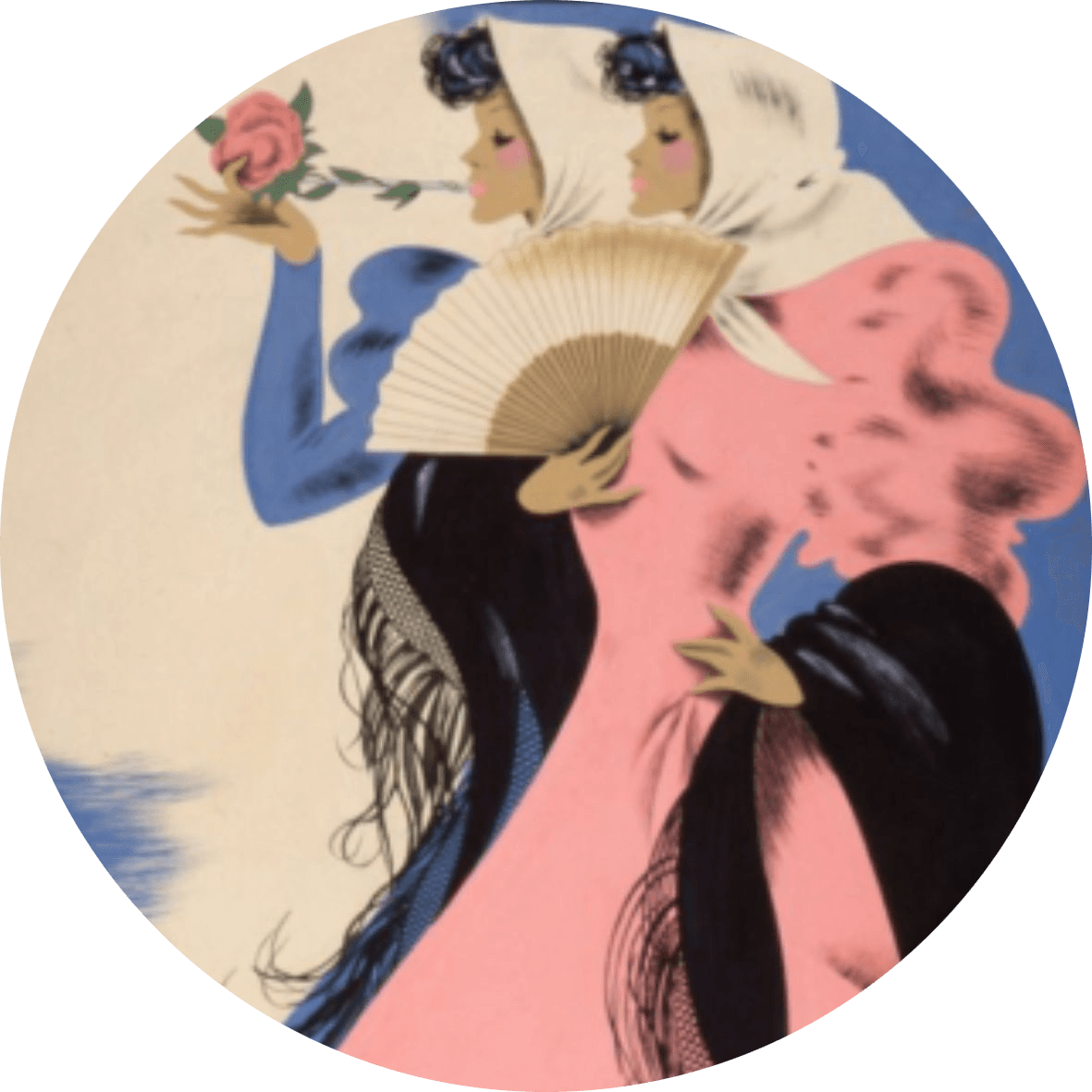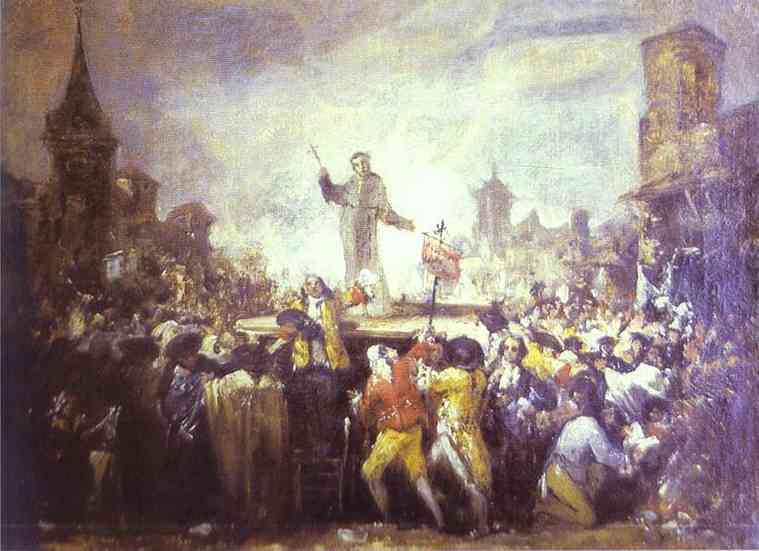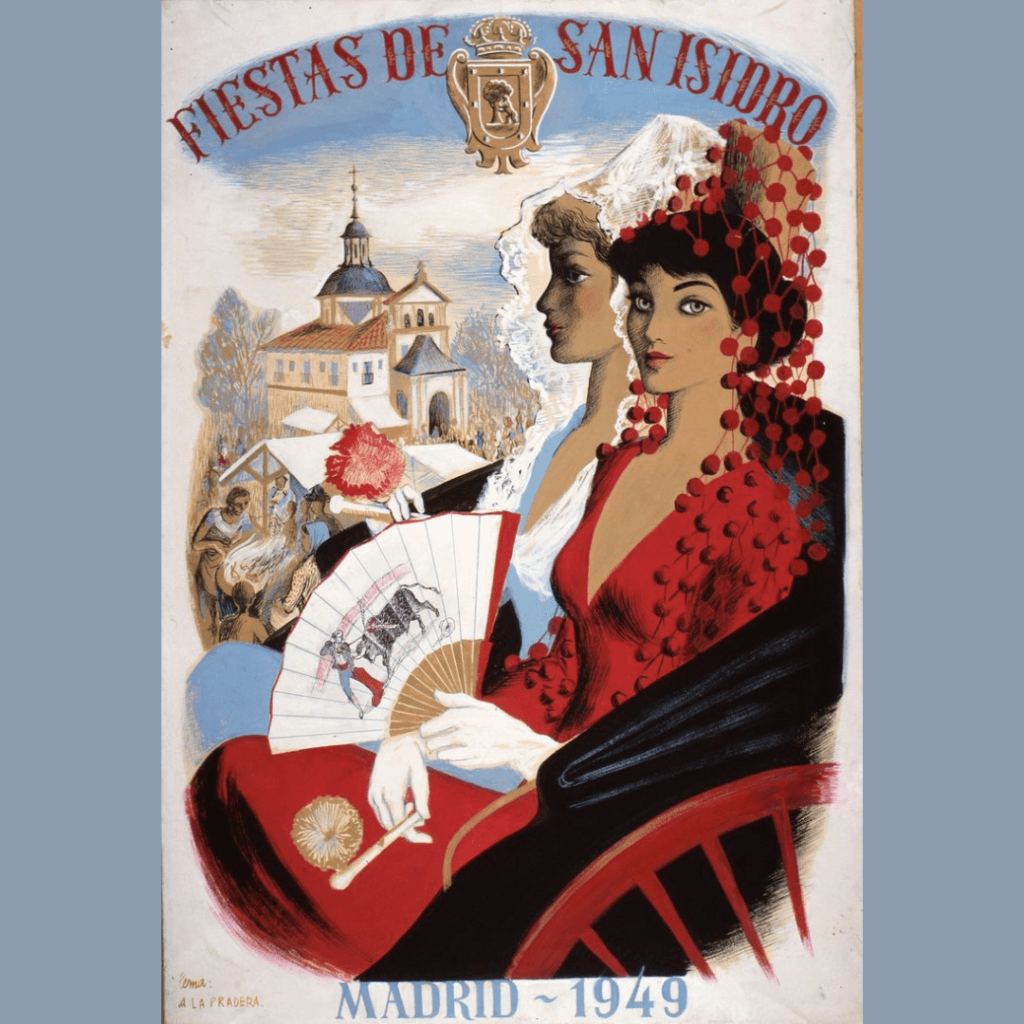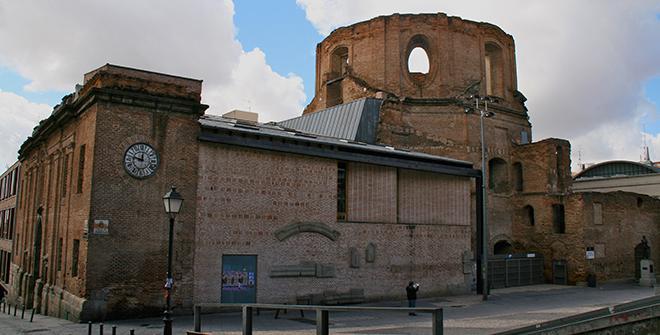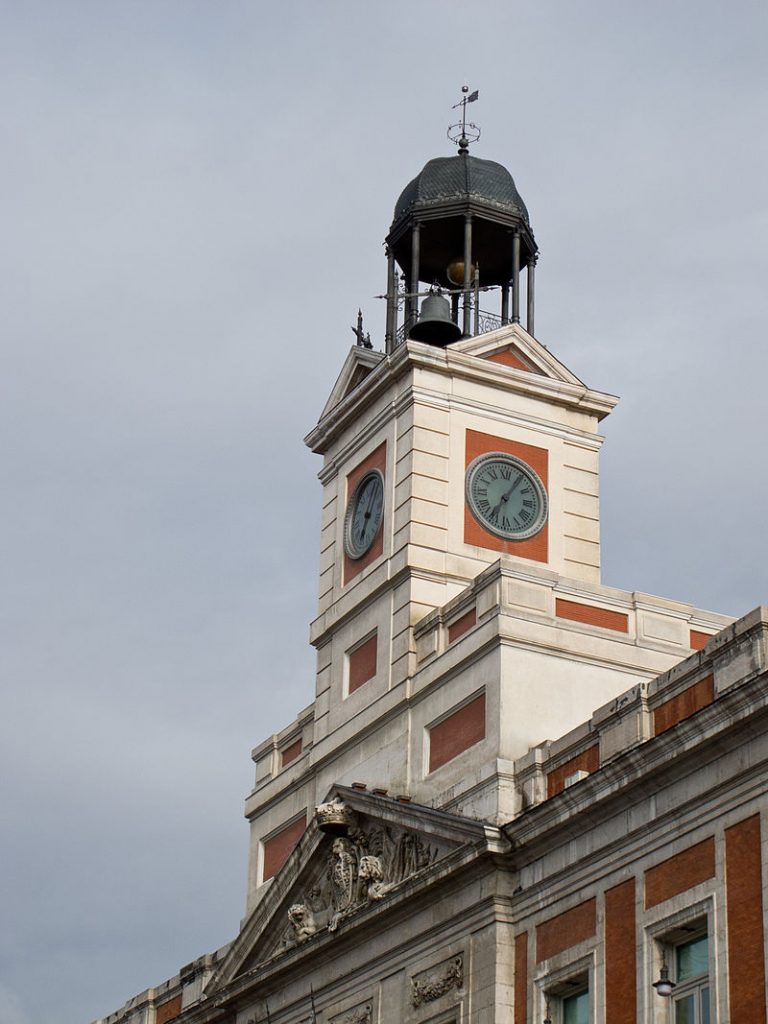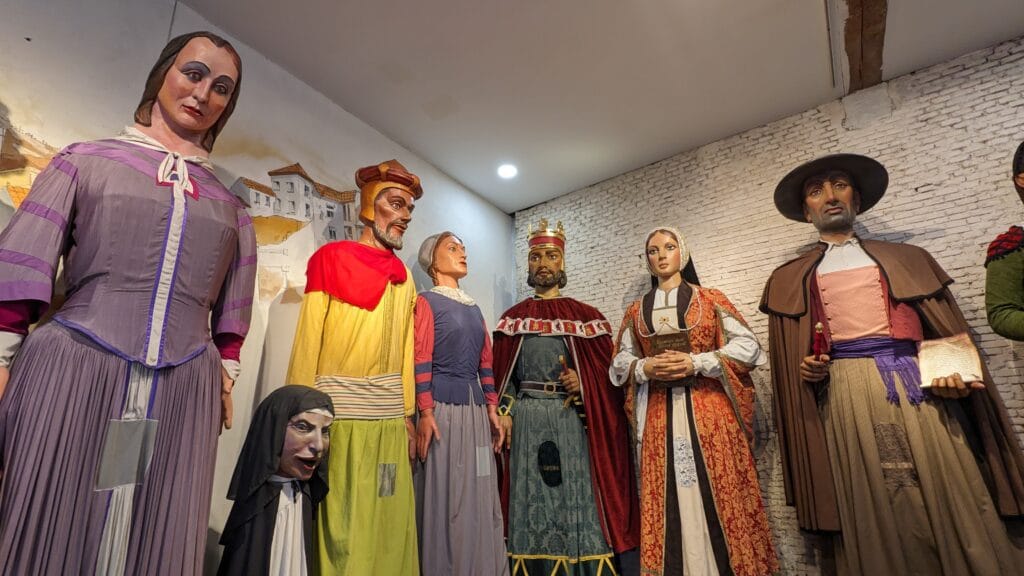
Madrid’s Lavapiés neighborhood is home to one of the city’s most overlooked cultural treasures: the Museo de Artes y Tradiciones Populares. While this hidden gem lies off the beaten tourist track, offering a peaceful retreat from Madrid’s busier attractions, be warned that on a Sunday, you’ll find it closed when the bustling Rastro market takes over. Nevertheless, it’s still a great place to get an understanding of the cultural background of Madrid’s epic market and the area of Lavapiés.
A Traditional Corrala Building

What makes this museum special starts with the building itself. Housed in a 19th-century corrala, it exemplifies traditional Madrid architecture designed around a central courtyard. These buildings, dating back to the 16th century when Philip II established Madrid as Spain’s capital, were Madrid’s answer to a world without air conditioning.
The corrala design—featuring two or three-story wooden buildings surrounding a shaded courtyard—created natural cooling. The center of the courtyard typically featured a communal stone sink where neighbors would wash their pots, pans, and laundry, creating a social hub in the process.
This particular corrala shows how these buildings served multiple purposes in Madrid’s history. Beyond housing working-class residents, they functioned as impromptu theaters in the 16th and 17th centuries when the central courtyard would transform into a performance space, with audiences standing to watch plays by celebrated authors like Lope de Vega—much like London’s Globe Theatre of the same era.
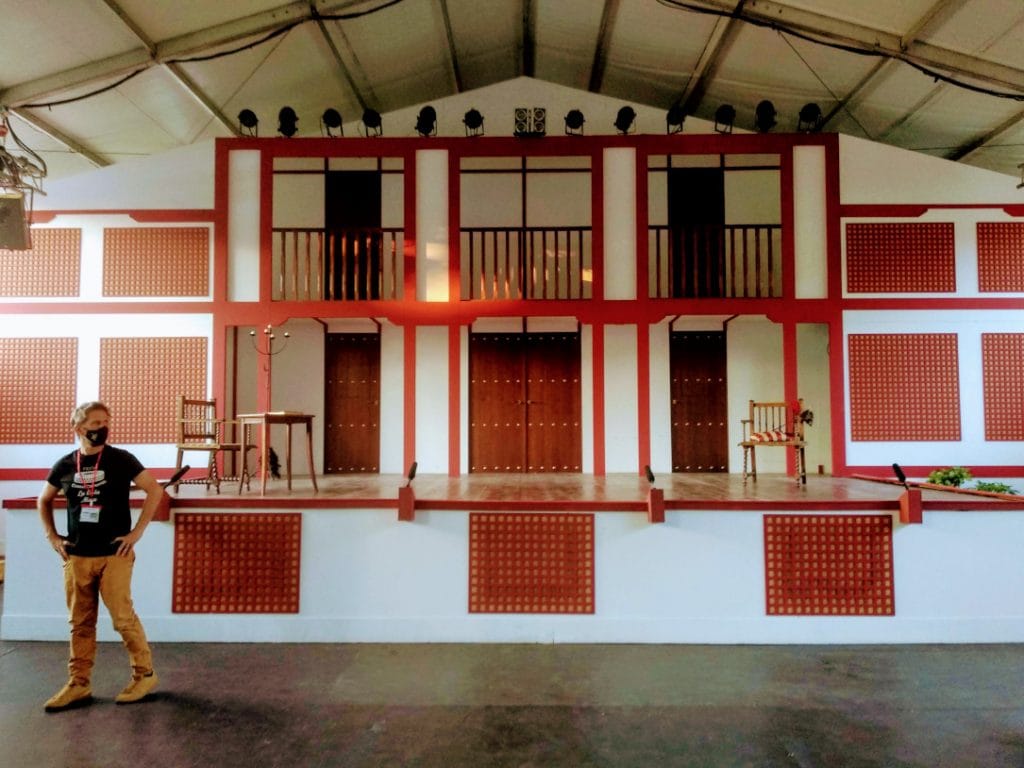
Folk Traditions and Workshop Recreations
Inside the museum, you’ll discover fascinating exhibits that bring Spain’s rich folk traditions to life. The displays showcase traditional costumes from festivals across Spain, many revealing intriguing connections to the country’s pagan past. Costumes on display include the giants and big heads from Madrid’s oddball Burial of the Sardine festival.
One of the museum’s highlights is the recreation of traditional workshops that were once common in this neighborhood. You’ll find a jeweler’s workshop, a blacksmith’s forge, and most significantly, a tanner’s workshop, complete with curved blades for scraping fat from hides and large jars full of salt for curing leather.
This tanner’s display connects directly to the neighborhood’s history as the nearby Ribera de Curtidores (tanner’s riverbank) was once Madrid’s tanning district, situated on an unappealing slope where tanners and butchers could dispose of waste into a stream that ran downhill. A couple of leather shops still operate today on this slope and many Rastro stalls sell excellent quality leather goods on a Sunday.

The Connection to El Rastro
Just steps from the museum is Madrid’s most famous market, El Rastro, which fills the surrounding streets every Sunday. The market’s name, meaning “trail,” refers to the trail of blood left when animal carcasses were dragged along the street in the 15th century.
Before modern refrigeration, slaughterhouses were typically located outside city gates for sanitary reasons. When Madrid needed a centralized slaughterhouse in 1495, the area now known as Plaza de Cascorro was the obvious choice—just outside the medieval city walls. The tanning industry, with its notorious stench, was relegated to the Lavapiés area alongside shoemakers and candlemakers who used animal tallow from the slaughterhouse.
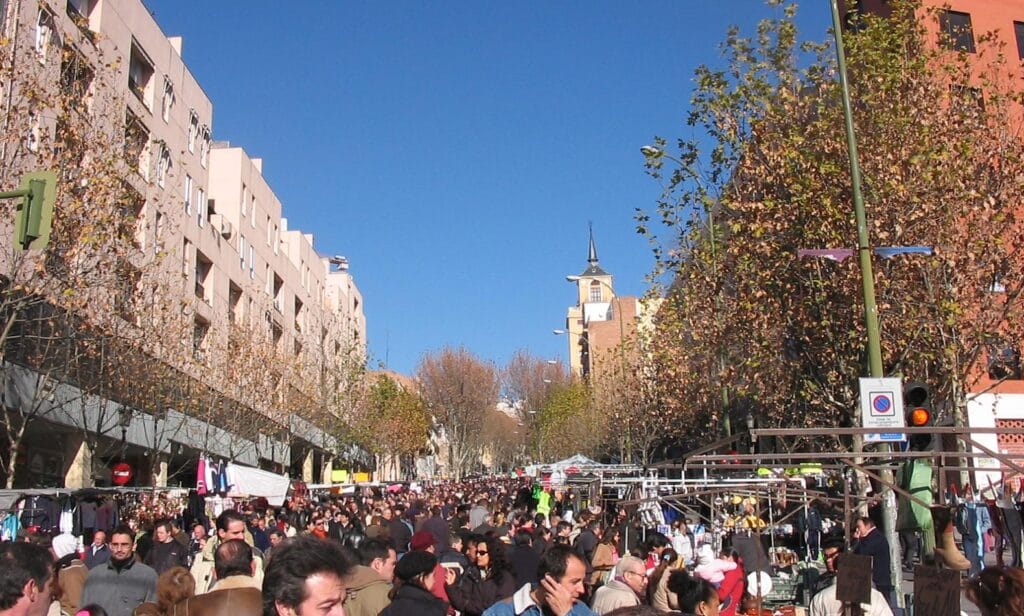
Visiting Information
The Museo de Artes y Tradiciones Populares is completely free to visit, making it one of Madrid’s best cultural bargains. On weekdays, you’ll likely have the entire place to yourself—a true rarity in a city filled with tourists and even on a Saturday, it’s generally fairly quiet.
For those seeking authentic experiences away from Madrid’s more crowded attractions, this museum offers a glimpse into Spanish folk traditions in a historically significant setting. It’s a perfect addition to any “quiet Madrid” itinerary, especially for history enthusiasts interested in how traditional crafts and industries shaped the city’s neighborhoods.
The Museo de Artes y Tradiciones Populares is featured in my new guidebook, “Quiet Madrid, which is on sale now.
